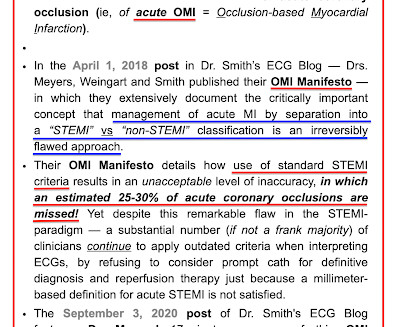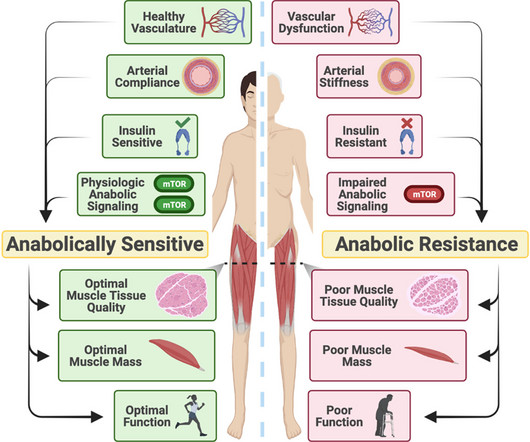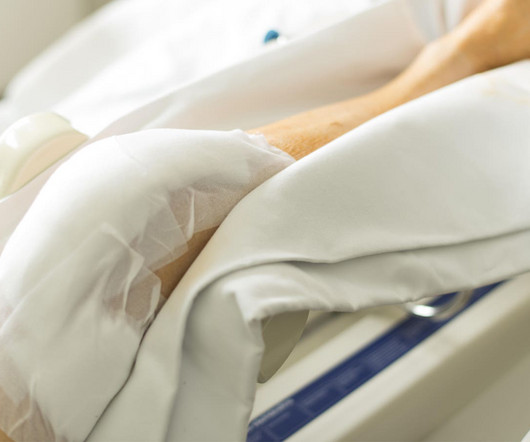ECG Blog #406 — To Do Additional Leads?
Ken Grauer, MD
DECEMBER 1, 2023
== CLICK HERE — for a V ideo presentation of this case! ( 19:40 min. ) Below are slides used in my video presentation. For full discussion of this case — See ECG Blog #351 — == The ECG in Figure-1 — was obtained from a previously healthy older man who contacted EMS ( E mergency M edical S ervices ) because of "chest tightness" that began ~1 hour earlier.































Let's personalize your content